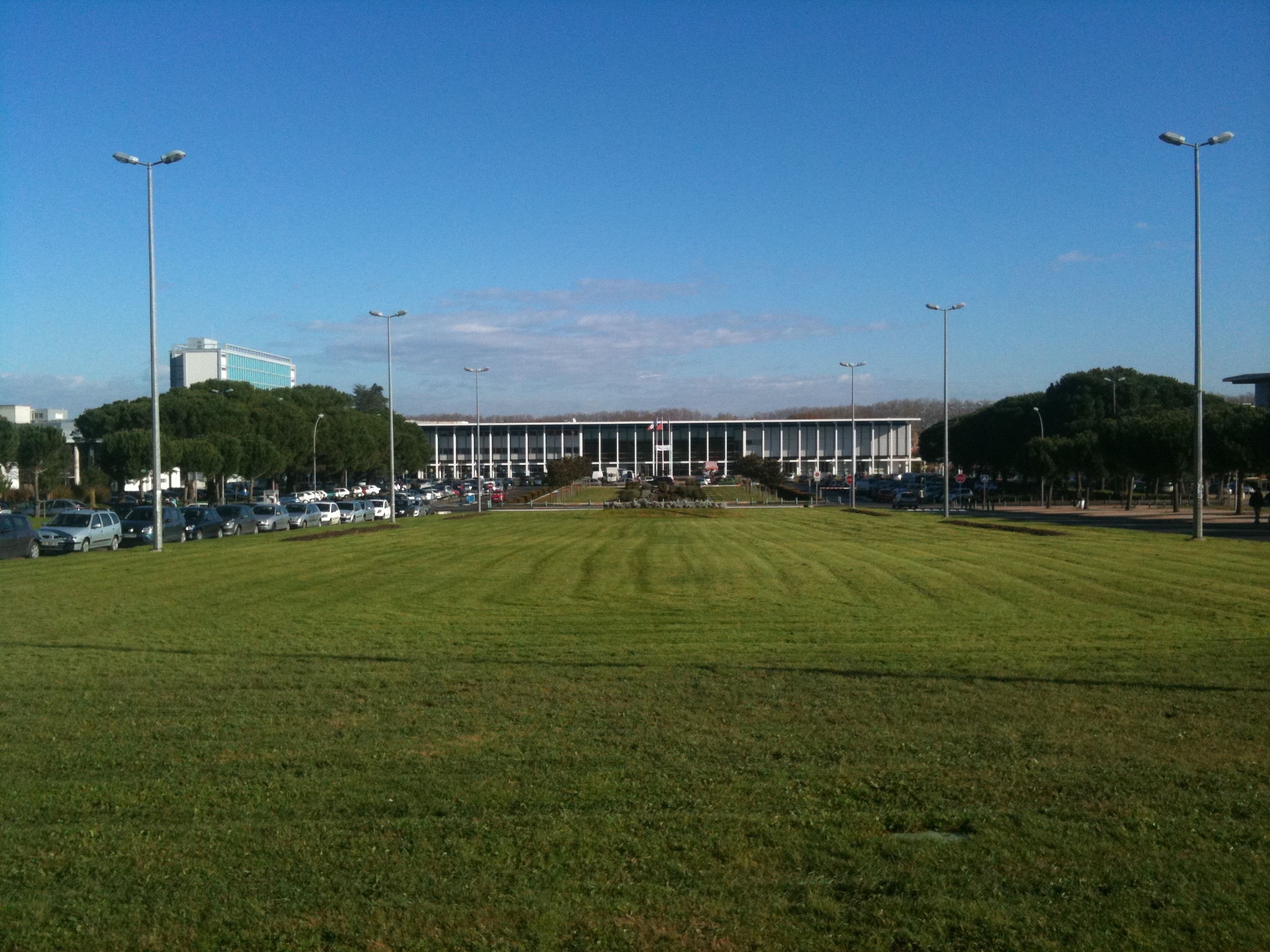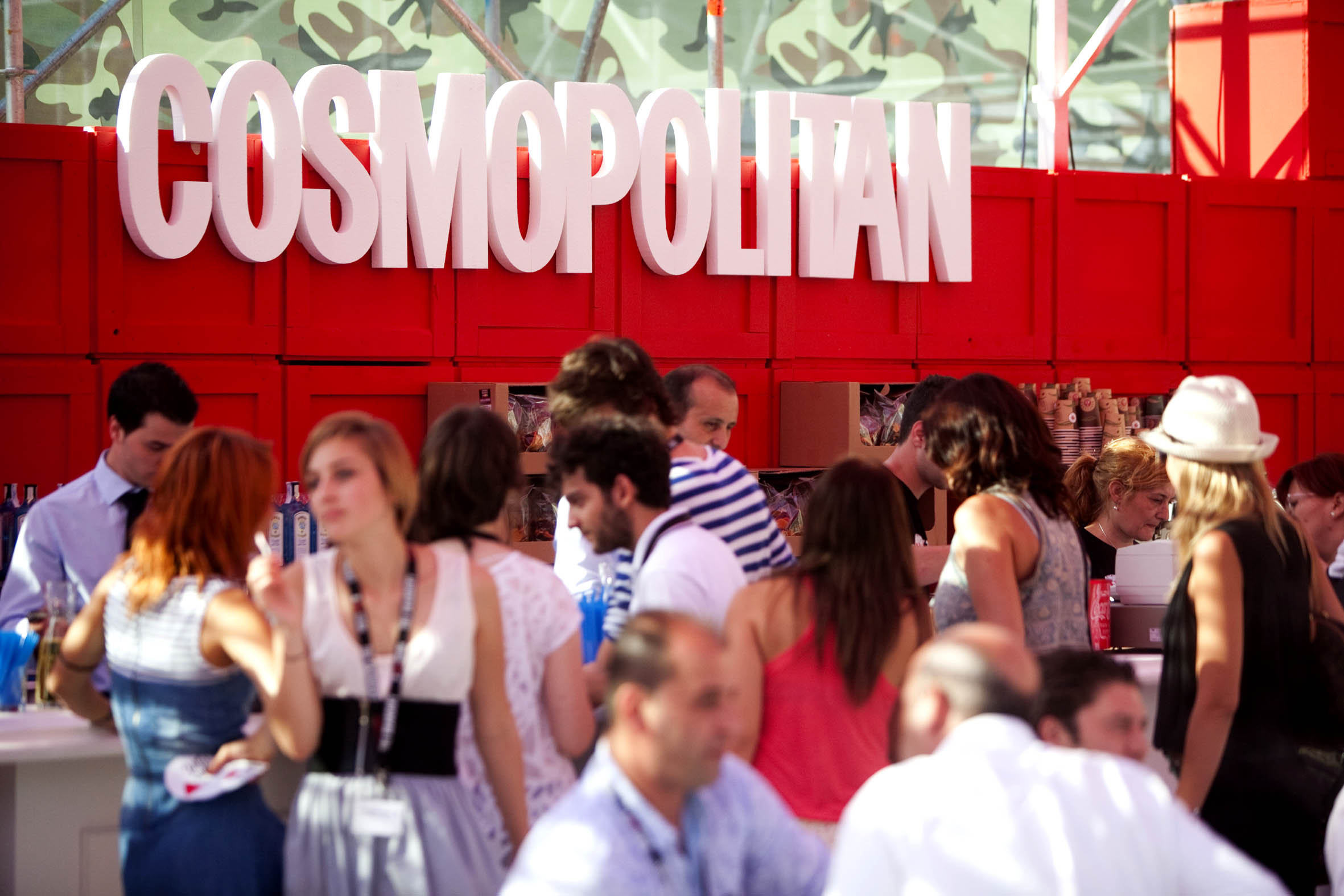|
Blue Wine
Blue wine is fermented from a combination of red grapes and white grapes, with pigments and sweeteners added. Producers of blue wine claim that the whole producing process only contains raw material derived from plants. However, researchers have found that the blue color in some blue wines comes from synthetic food coloring. Blue wine's mild, sweet taste makes it best suited to the role of an aperitif or cocktail when dining. Blue wine is named for its electric blue color. Its creators were inspired by the marketing theory in Blue Ocean Strategy. History The first blue wine in the world was produced by a Spanish company called Gïk in 2016. This wine is now sold in 25 countries around the world. They worked with chemical engineering researchers at University of the Basque Country to develop a product with a distinctive color while maintaining taste. They targeted customers unfamiliar with traditional wine manufacture with their unconventional product. Gïk's creators marketed th ... [...More Info...] [...Related Items...] OR: [Wikipedia] [Google] [Baidu] |
Blue Ocean Strategy
''Blue Ocean Strategy'' is a book published in 2005 written by W. Chan Kim and Renée Mauborgne, professors at INSEAD, and the name of the marketing theory detailed on the book. They assert that the strategic moves outlined in the book create a leap in value for the company, its buyers, and its employees while unlocking new demand and making the competition irrelevant. The book presents analytical frameworks and tools to foster an organization's ability to systematically create and capture "blue oceans"—unexplored new market areas. An expanded edition of the book was published in 2015, while two sequels entitled ''Blue Ocean Shift'' and ''Beyond Disruption'' were published in 2017 and 2023 respectively. Book layout and concepts The book is divided into three parts: # The first part presents key concepts of blue ocean strategy, including Value Innovation – the simultaneous pursuit of differentiation and low cost – and key analytical tools and frameworks such as the st ... [...More Info...] [...Related Items...] OR: [Wikipedia] [Google] [Baidu] |
University Of The Basque Country
The University of the Basque Country (, ''EHU''; , ''UPV''; officially EHU) is a Spanish public university of the Basque Country (autonomous community), Basque Autonomous Community. Heir of the University of Deusto, University of Bilbao, initially it was made up of the Faculty of Economic and Business Sciences of Sarriko (1955), Medicine (1968) and Sciences (1968). Following the General Law of Education (1970), the Nautical School (1784), the School of Business Studies of Bilbao (1818) and the Technical Schools of Engineers (1897) joined in, until it grew into the complex of thirty centers that compose it presently. It has campuses over the three provinces of the autonomous community: Bizkaia Campus (in Leioa, Bilbao, Portugalete and Barakaldo), Gipuzkoa Campus (in San Sebastián and Eibar), and Alava Campus in Vitoria, Spain, Vitoria-Gasteiz. It stands out as the main research institution in the Basque Country, carrying out 90% of the basic research carried out in that territory ... [...More Info...] [...Related Items...] OR: [Wikipedia] [Google] [Baidu] |
Anthocyanin
Anthocyanins (), also called anthocyans, are solubility, water-soluble vacuole, vacuolar pigments that, depending on their pH, may appear red, purple, blue, or black. In 1835, the German pharmacist Ludwig Clamor Marquart named a chemical compound that gives flowers a blue color, Anthokyan, in his treatise "''Die Farben der Blüthen''" (English: The Colors of Flowers). Food plants rich in anthocyanins include the blueberry, raspberry, black rice, and black soybean, among many others that are red, blue, purple, or black. Some of the colors of autumn leaves are derived from anthocyanins. Anthocyanins belong to a parent class of molecules called flavonoids synthesized via the phenylpropanoid pathway. They can occur in all biological tissue, tissues of higher plants, including leaf, leaves, plant stem, stems, roots, flowers, and fruits. Anthocyanins are derived from anthocyanidins by adding sugars. They are odorless and moderately astringent. Although approved as food and beverage c ... [...More Info...] [...Related Items...] OR: [Wikipedia] [Google] [Baidu] |
Indigo Carmine
Indigo carmine, or 5,5′-indigodisulfonic acid sodium salt, is an wikt:organic salt#English, organic salt derived from Indigo dye, indigo by aromatic sulfonation, which renders the compound soluble in water. Like indigo, it Blue#Colourants, produces a blue color, and is used in food colorant, food and other consumables, cosmetics, and as a medical contrast agent and staining agent; it also acts as a pH indicator. It is approved for human consumption in the United States and European Union.Summary of Color Additives for Use in United States in Foods, Drugs, Cosmetics, and Medical Devices Food and Drug Administration [...More Info...] [...Related Items...] OR: [Wikipedia] [Google] [Baidu] |
Paul Sabatier University
Paul Sabatier University (''Université Paul Sabatier'' , UPS, also known as Toulouse III) was a French university, in the Academy of Toulouse. It was one of the several successor universities of the University of Toulouse, established in 1229, making it one of the earliest universities to emerge in Europe. It has since become, once again, the University of Toulouse. Toulouse III was named after Paul Sabatier (chemist), Paul Sabatier, winner of the 1912 Nobel Prize in Chemistry. In 1969, it was established on the foundations of the old Toulouse university that was itself founded in 1229. Université Toulouse-III was a leading educational institution in France and the Midi-Pyrénées region. It offered a wide range of programs in science, technology, health and athletics. University research activities The following list is not exhaustive. * Mathematics ** Laboratoire Plasma et Conversion d'Energie, Plasma and energy conversion laboratory (LAPLACE) * Space, astrophysics, aeron ... [...More Info...] [...Related Items...] OR: [Wikipedia] [Google] [Baidu] |
Spectroscopy
Spectroscopy is the field of study that measures and interprets electromagnetic spectra. In narrower contexts, spectroscopy is the precise study of color as generalized from visible light to all bands of the electromagnetic spectrum. Spectroscopy, primarily in the electromagnetic spectrum, is a fundamental exploratory tool in the fields of astronomy, chemistry, materials science, and physics, allowing the composition, physical structure and electronic structure of matter to be investigated at the atomic, molecular and macro scale, and over astronomical distances. Historically, spectroscopy originated as the study of the wavelength dependence of the absorption by gas phase matter of visible light dispersed by a prism. Current applications of spectroscopy include biomedical spectroscopy in the areas of tissue analysis and medical imaging. Matter waves and acoustic waves can also be considered forms of radiative energy, and recently gravitational waves have been associa ... [...More Info...] [...Related Items...] OR: [Wikipedia] [Google] [Baidu] |
Curaçao (liqueur)
Curaçao ( , ) is a liqueur flavored with the dried peel of the bitter orange variety laraha, a citrus fruit grown on the Caribbean island of Curaçao. Curaçao can be sold in numerous forms, though the most common are the orange-hued dry curaçao and blue curaçao, which is dyed bright blue. History It is unknown who developed the first curaçao liqueur, or when, to any degree of accuracy. The Dutch West Indies Company took possession of Curaçao in 1634. The Bols distillery, founded in 1575 in Amsterdam, had shares in both the West and East India Companies to guarantee its access to spices required for their distilled drinks. According to the early nineteenth-century French culinary chronicler Alexandre Grimod de la Reynière, curaçao originated in Flanders, and proximity to the province of Holland gave distillers easy access to the necessary peels (since Curaçao was a Dutch colony at the time). Curaçao liqueur is traditionally made with the dried peels of the larah ... [...More Info...] [...Related Items...] OR: [Wikipedia] [Google] [Baidu] |
Jolly Rancher
Jolly Rancher is an American brand of sweet hard candy, gummies, jelly beans, lollipops, and sour bites, and a line of soda put out by Elizabeth Beverage Company in 2004. Originally created in Colorado in the 1950s, the Jolly Rancher brand has been owned by The Hershey Company since 1996. History Bill and Dorothy Harmsen founded the Jolly Rancher Company in 1949, choosing the name to give the impression of a friendly Western company, and opened their first Jolly Rancher Ice Cream Store in Golden, Colorado on May 28, 1949. Finding that ice cream was hard to sell in the cold winter months, they added a line of bulk and boxed chocolate that was provided by a small candy firm in the Denver area. Jolly Rancher Company opened a number of franchise stores in Colorado, Wyoming and Nebraska and provided both chocolate candies and a five cent hot cinnamon taffy stick that proved to be very popular. It was this candy's popularity that caused Jolly Rancher Company to expand its hard ca ... [...More Info...] [...Related Items...] OR: [Wikipedia] [Google] [Baidu] |
Food & Wine
''Food & Wine'' is an American monthly magazine published by Dotdash Meredith. It was founded in 1978 by Ariane and Michael Batterberry. It features recipes, cooking tips, travel information, restaurant reviews, chefs, wine pairings and seasonal/holiday content and has been credited by ''The New York Times'' with introducing the dining public to " Perrier, the purple Peruvian potato and Patagonian toothfish". The premier event for the magazine is the Food & Wine Classic in Aspen, Colorado. The Classic features wine tasting, cooking demonstrations, and featured speakers as well as a cooking competition. Held annually in June, the event is considered the kickoff to the Aspen summer season and celebrated its 40th anniversary in 2023. The winner of '' Top Chef'', the reality television cooking competition, is featured in a spread in this magazine. History Michael and Ariane Batterberry's early writing work on food included the 1973 book ''On the Town in New York, From 1776 ... [...More Info...] [...Related Items...] OR: [Wikipedia] [Google] [Baidu] |
Cosmopolitan (magazine)
''Cosmopolitan'' (stylized in all caps) is an American quarterly fashion and entertainment magazine for women, first published based in New York City in March 1886 as a family magazine; it was later transformed into a literary magazine and, since 1965, has become a women's magazine. ''Cosmopolitan'' is one of the best-selling magazines. Formerly titled ''The Cosmopolitan'' and often referred to as ''Cosmo'', ''Cosmopolitan'' has adapted its style and content. Its current incarnation was originally marketed as a woman's fashion magazine with articles on home, family, and cooking. For some time it focused more on new fiction and written work, which included short stories, novels, and articles. Now it is more targeted towards women's fashion, sports and modern interests. Eventually, editor-in-chief Helen Gurley Brown changed its attention to more of a women's empowerment magazine. Nowadays, its content includes articles discussing relationships, sex, health, careers, self-improve ... [...More Info...] [...Related Items...] OR: [Wikipedia] [Google] [Baidu] |







